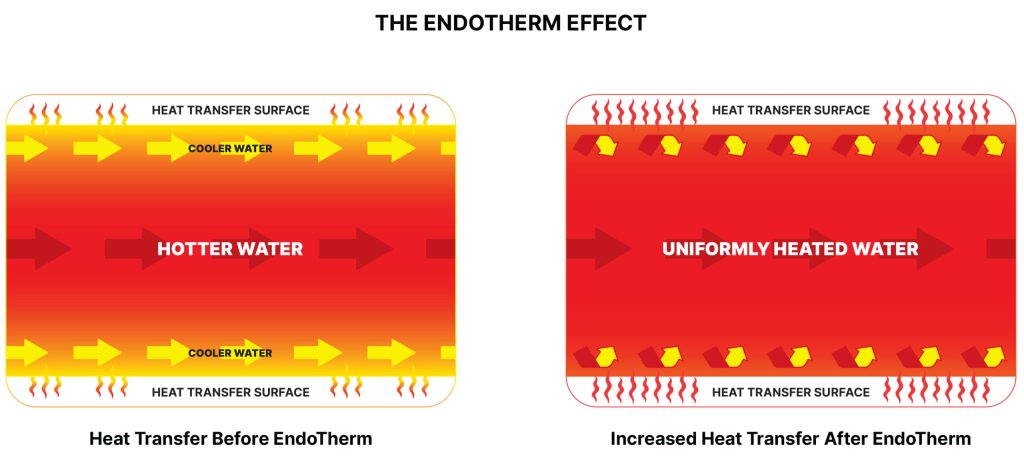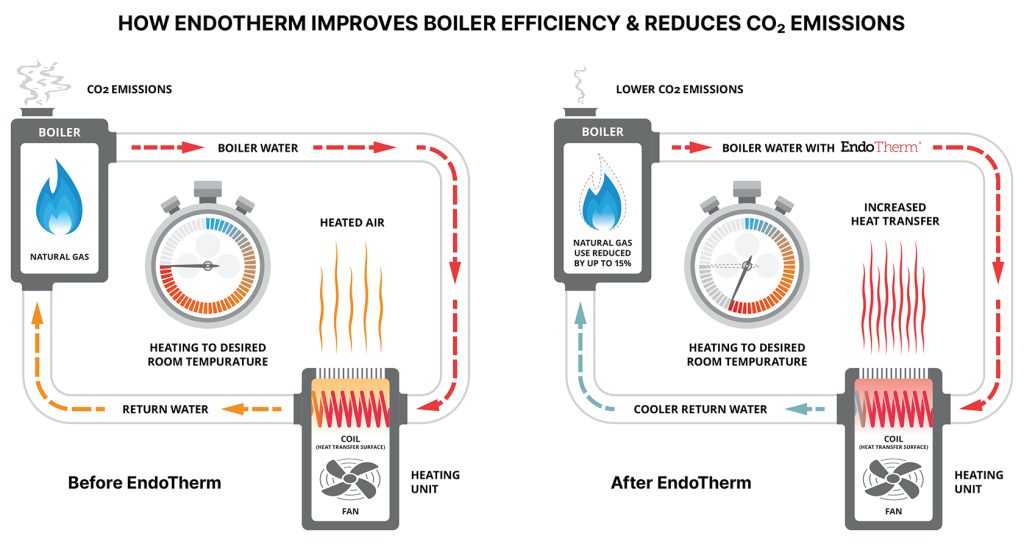Economically Managing Energy for Commercial Spaces

By Will Wilson, Sustainability Manager, Pace Solutions
Commercial spaces are getting bigger – much bigger – and with it, there is a rise in energy use. The Commercial Buildings Energy Consumption Survey (CBEC) report released by the U.S. Energy Information Administration’s (EIA) observed that the increase in commercial energy usage is attributed to the increase in building size. It found that square footage amongst new commercial construction increased by 11% over the study period 2012-2018. By scale, that’s millions of square feet that need to be heated and cooled.
Large buildings often rely on HVAC systems to circulate water to deliver heating and cooling to all parts of the building rather than large air ducts which take up expensive real-estate. Improving energy efficiency in these systems often means a major capital investment by replacing key equipment like boilers and chillers. Although effective, these solutions can carry a high price tag and a long simple payback.
Fortunately, there is a way to forgo the high capital expenditure and improve efficiency by changing the heat transfer characteristics of system water with a non-ionic surfactant additive.
How Can Water Be More Energy Efficient?
Early experiments in the use of surfactants in recirculated water found they became unstable at high temperatures. However, the development of a heat-stable non-ionic surfactant additive called EndoTherm® has changed how water functions in hydronic systems. Third-party studies have found it reduces energy consumption and lowers bills by up to 15% in buildings and facilities of all sizes.
The high surface tension of system water limits heat transfer, causing the system to run inefficiently and consuming excess energy, raising the cost of operation. When added to any hydronic system at a low concentration, a non-ionic surfactant reduces surface tension inside pipes and coils by 60%, significantly improving heat transfer. [Fig. 1] By increasing heat transfer, the system will hit set-points faster and run less frequently to maintain heating and cooling, thus improving energy efficiency. [Fig. 2]


The concentration of a non-ionic surfactant should remain at between 0.7-2% of the total system volume. Annual testing is recommended to verify the ideal concentration and peak energy efficiency is maintained. Industry-leading non-ionic surfactants perform side-by-side with glycol and corrosion inhibitors and are less corrosive than water. Install is an easy one-person task, requires no downtime and, in most cases, involves no extra equipment.
Striking A Balance Between Cost and Sustainability
With a simple payback of under 2 years, a non-ionic surfactant can supplement an environmental management plan and show immediate results. It is a way for facility operators to reach energy-saving and sustainability goals faster and affordably while reducing building operating costs.




